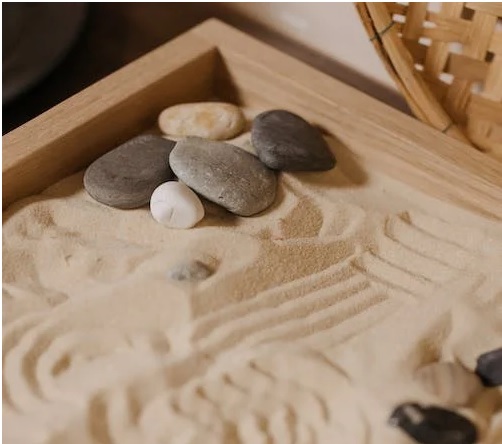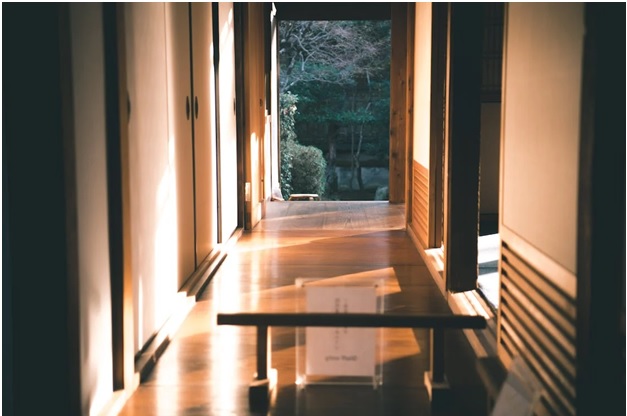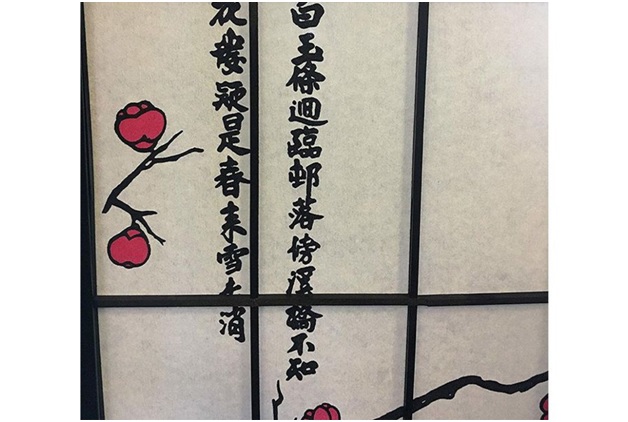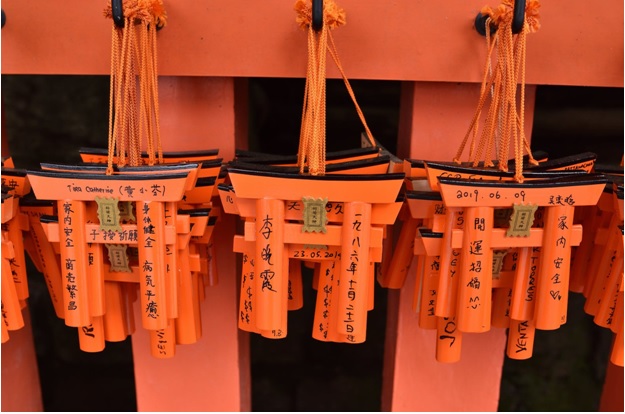Create a Zen Interior with These Elements of Japanese Decor
Posted by Legacy Decor
Posted by Legacy Decor
Japanoiserie; it is a French word that has grown in popularity with homeowners across the country who are looking to bring a touch and tint of the exotic into their homes.
It refers to a style that reflects the national spirit of Japan or incorporates native or reminiscent Japanese elements into the design of a home, space, garden, or design. Japanoiserie can take the form of architectural design, elements of decor, furniture, and so much more.
In essence, if it evokes a feeling of “being Japanese,” then it can be considered Japanoiserie, whether or not it is a piece of art, a piece of furniture, an element of lighting, or simply a method of arranging the elements of interior or exterior design.
To westerners, the austere yet stately charm of Japanese elements has long held sway, and there can be little surprise as to why. For many generations Japan was closed off to the outside world, developing a distinctly unique spirit that has suffused all things Japanese with an innately noticeable color.
Elements like these, that you can invite into your home today to create a zen interior.
No, you don’t need a bonsai tree; but it wouldn’t hurt, either. What you can do is lean on natural elements and decorate with some of them.
You don’t need to create a full-scale interior zen garden, complete with sand, stone, and a koi pond, either, but allowing natural elements to shine through the artificial will shine through with a distinctly Japanese slant.
Sculptures of natural stone bearing Japanese script or elements; miniature sand gardens, live bamboo, koi tanks, and even orchids; all of these can help you cultivate a feeling of Japanese design.

Bright colors are not particularly common in Japanese interiors; nor are they common, even in Japanese art, where black and to a lesser degree red dominate, accompanied by washed out inks.
Japanese interiors are predominantly black, white, and earth-toned. This is due not largely to their forbearance of paint, but from their preference for natural materials like bamboo, ebony, and stone, which give their homes such neutral, natural color.
This can be simulated with light earth tones, white and black paint, or simply by utilizing natural materials in the decoration of your home’s interior.

Traditional Japanese architecture and design were driven by equal parts practicality and austerity. That is, the country, which has long been poor in natural resources, had to use what the earth could yield.
As a result, Japanese homes and building are predominantly made of wood and bamboo, with artistic elements being crafted from paper, stone and other natural materials.
Allowing the wood flooring of your home to shine through can offer a Japanese slant, as can the addition of tatami mats that are traditionally woven from Japanese rush grass and rice straw.
Bamboo furniture, frames, mats, and other fixtures can offer a Japanese accent; instead of aluminum and plastic; supplement with bamboo. It’s better for the environment, too, since bamboo is sustainable, fast-growing, strong, and of course, biodegradable.

Japanese homes make artful use of open spaces to communicate natural light, but modern homes need modern solutions; rice paper lamps can offer a Japanese touch and can provide a practical solution to electric lighting.
Consider a lamp or chandelier made with bamboo and shoji rice paper and powered with LEDs that don’t produce a lot of heat and throw high-quality light. Or, if you need a little extra light, consider a standing lamp with a shade of bamboo.
Japanese design was minimalistic and geometric before those movements even had names in the west. Consider bamboo or ebony (or just black) furniture with a simple design. Sharp lines and corners are acceptable, even nearly square seating arrangements are passable, too. In some instances, seating is forgone entirely; consider the Japanese dining arrangement, a table set into a depression in the floor. There are no chairs!
In many instances, you can skip the furniture. Nearly bare, roomy open spaces can feel distinctly Japanese. Instead of a table and chairs, opt for just a table; kneeling or sitting on a cushion is much more authentic.
In Japanese homes, walls and doors may be made of shoji rice paper and sectioned with bamboo panes. But you don’t need to overhaul your home and take down the walls and doors; all you need is a high-quality Japanese room divider.

Our Japanese room dividers exhibit uncommon, authenetic quality and are available in several different sizes, colors, and finishes, and with a wide range of decorative accents.
Choose a screen room divider in black for your living room for an authentic feel or make one into a select decorative fixture bearing an artistic representation of plum blossoms to breathe the spirit of Japanoiserie into your home.
The best part about these Japanese-inspired room dividers is that they’re functional as well as attractive. In addition to helping you put a decidedly Japanese accent on your home, then can be used to create private nooks, hide clutter, and change the ensure spirit of a setting.
Finally, it can benefit your home’s interior to include some artistic elements inspired by Japanese themes, too.
Consider adding a traditional Japanese ukiyo-e print to one of the walls of your home. A highlight from Hokusai’s “Thirty-six Views of Mt. Fuji,” such as “The Great Wave off Kanagawa” can’t hurt. Framed prints of Japanese calligraphy may add a nice touch; lean towards hiragana and katakana-heavy figures, though, as kanji includes Chinese elements.
If you want to really create a quintessential Japanese atmosphere, consider a Japanese Torii shrine or a Buddhist altar, which you can decorate with homeade art, origami, figurines, flowers, and other novelties; just like they actually do in Japan.

Ready to create a distinct Japonic sense of style with carefully curated Japanoiserie for your home? Start here with a Japanese room divider and let your creativity blossom like the cherries of early spring.
Take a look through our collection and reimagine your home starting today; we offer great prices on unique decorative elements and we even offer free shipping!